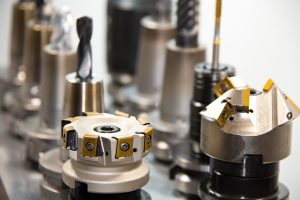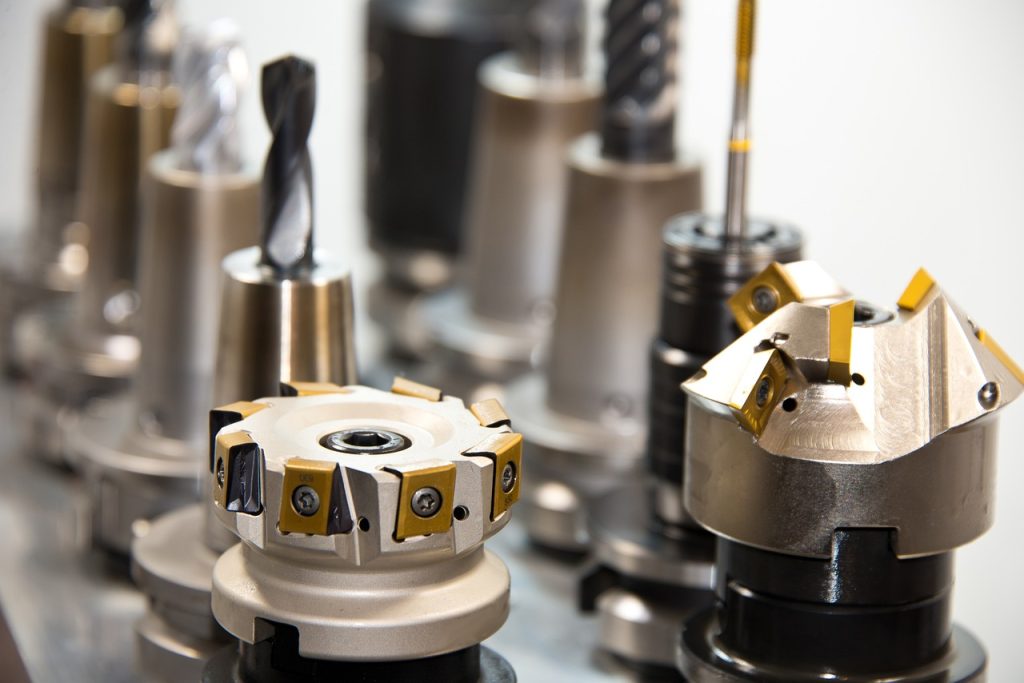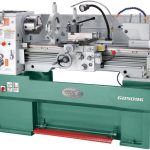Essential Lathe Tools Every Machinist Should Know
A lathe machine is only as good as the tools you use with it. Whether you’re a beginner or a seasoned machinist, understanding the various types of lathe tools available and their specific uses is key to producing precise, high-quality work. In this post, we’ll explore the most essential lathe tools and how they can elevate your projects.

1. Turning Tools
Turning tools are the most basic and commonly used lathe tools. They are designed to remove material from the workpiece by cutting along its length, reducing its diameter.
Types of Turning Tools:
- Roughing Tools: These are used for removing large amounts of material quickly. They have a sturdy build and are designed for heavy cuts.
- Finishing Tools: Finishing tools are designed for the final stages of machining, where precision is crucial. They provide a smooth, accurate surface finish.
Materials Used:
- High-Speed Steel (HSS): Ideal for general-purpose turning and finishing.
- Carbide Inserts: Harder than HSS, carbide tools last longer and can cut tougher materials, but they’re more expensive.
2. Facing Tools
Facing tools are used to cut the end of a workpiece, making it flat and smooth. They are essential when you need to ensure that both ends of your workpiece are perpendicular to the centerline of the machine.
When to Use Facing Tools:
- For squaring up the ends of rods, bars, or tubes.
- To prepare the surface for further machining or to create a flat face for joining parts together.
3. Parting Tools
Parting tools, also known as cutoff tools, are used to separate a finished piece from the rest of the material. They are thin and straight, designed to make clean, accurate cuts through the workpiece.
Key Features:
- Narrow Blade: Parting tools have a narrow blade to minimize the material removed during the cutoff.
- Sharp Edges: These tools need to be kept sharp to ensure a clean cut without damaging the material or leaving burrs.
4. Boring Bars
Boring bars are used to enlarge and finish existing holes in the workpiece. They are versatile tools that allow for precision internal machining.
Types of Boring Bars:
- Small Boring Bars: Used for smaller diameter holes and more delicate work.
- Heavy-Duty Boring Bars: Designed for larger diameter holes and heavy-duty cutting.
Boring vs. Drilling:
While drills are used to create initial holes, boring bars are used to fine-tune the diameter and create smooth internal surfaces.
5. Threading Tools
Threading tools are used to cut internal or external threads on a workpiece. These tools come in different shapes and sizes depending on the type of threads you need, such as standard or metric threads.
Types of Threading:
- External Threading: Cutting threads on the outside of a workpiece (e.g., bolts).
- Internal Threading: Cutting threads on the inside of a hole (e.g., nuts).
6. Knurling Tools
Knurling tools are used to create textured patterns on the surface of a workpiece. Knurling is often used for aesthetic purposes or to add grip to parts like handles and knobs.
Knurling Patterns:
- Straight Knurling: Creates straight, parallel lines.
- Diamond Knurling: Produces a crosshatch pattern, providing a better grip.
7. Reaming Tools
Reamers are used to slightly enlarge a hole and ensure a precise, smooth finish. They are often used after drilling or boring to bring the hole to an exact size with tight tolerances.
When to Use a Reamer:
- When a perfectly round hole is required.
- To improve the surface finish and accuracy of a drilled hole.
8. Tailstock Tools
Tailstock tools, like drill chucks or live centers, are essential for supporting long workpieces and performing operations such as drilling and tapping. The tailstock is positioned opposite the lathe’s spindle to hold these tools and provide stability.
Common Tailstock Tools:
- Drill Chucks: Hold drill bits for drilling operations.
- Live Centers: Used to support the end of the workpiece and allow it to rotate smoothly during turning.
9. Radius Turning Tools
Radius-turning tools are designed for creating rounded profiles on a workpiece. These tools are commonly used when making spherical or curved shapes.
When to Use:
- For turning rounded features, such as ball handles or decorative elements.
- Ideal for both convex and concave surfaces.
10. Tool Post and Tool Holders
The tool post is a critical component that holds your lathe tools securely in place during operation. Tool holders are mounted to the tool post to ensure stability and accuracy.
Quick-Change Tool Posts:
- Allow you to quickly swap between tools, reducing downtime during operations.
- Enhance efficiency, especially in professional workshops where multiple tool changes are required.
Conclusion
Lathe tools are a vital part of any machining operation. Each tool is designed for a specific task, and understanding when and how to use these tools can dramatically improve the quality and precision of your work. Whether you’re roughing out material, adding fine threads, or creating intricate curves, having the right tools in your toolbox will ensure that your projects are successful.


